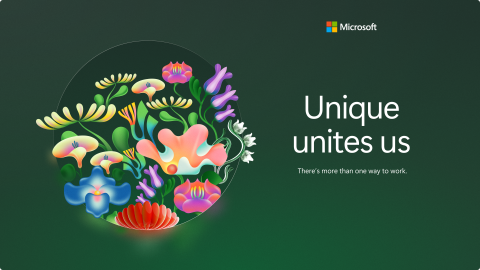Microsoft Wins a National TDI Award for Its Commitment to Making Technology Accessible
The following blog post was written by Ellen Kampel, Public Relations Manager for Accessibility at Microsoft. Ellen holds a Masters in Social Work (MSW) and works on technology issues related to aging and people with disabilities.
—-
Yesterday, in Albuquerque, N.M., I accepted the Telecommunications for the Deaf and Hard of Hearing Inc.’s Andrew Saks Engineering Award, which recognized Microsoft’s efforts to make technology accessible to people with disabilities.
It was an honor not simply because a leading advocacy group rewarded Microsoft’s hard work, but also because the award showcased the increasing importance of accessible technology for people with disabilities.
“TDI is recognizing Microsoft for adopting a worldwide strategy over the years to develop software that makes it easier for people of all ages and abilities to see, hear, and use their computers. It has created technology that is accessible to everyone, and its Windows operating system now drives the computers of about 400 million people worldwide,” the organization said.
Specifically, TDI recognized Microsoft for:
- Its long-term commitment and leading role in creating accessibility solutions and integrating those solutions into its products.
- Working to promote accessibility in development.
- Designing technology that is accessible to people with a range of disabilities.
We are honored to have played a small part in the important work TDI has done for the last 45 years. It is an active national advocacy organization that addresses equal access issues in telecommunications and media for people who are deaf, hard-of-hearing, late-deafened, or deaf-blind. We are particularly pleased to receive an award that carries the name of a pioneer in the field of accessible technology, Andrew Saks, who helped create the first telecommunications network for deaf users.
At Microsoft we continue to support TDI’s work by making our products more accessible. Both Xbox 360 and Windows 8, for example, support captions that can be displayed both directly and through third-party applications, such as Netflix. Users also can customize their captions by changing the color, size and transparency.
Read more about how to configure captions and other support in Xbox 360 and Windows 8 here. You can also check out “Enabling Professional-Quality Online Video: New Specifications for Interoperable Captioning” on Microsoft’s IEBlog.







